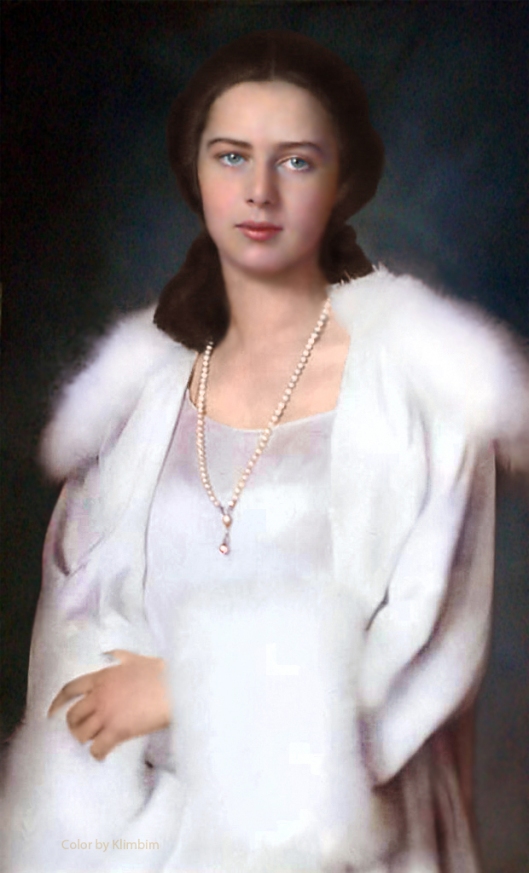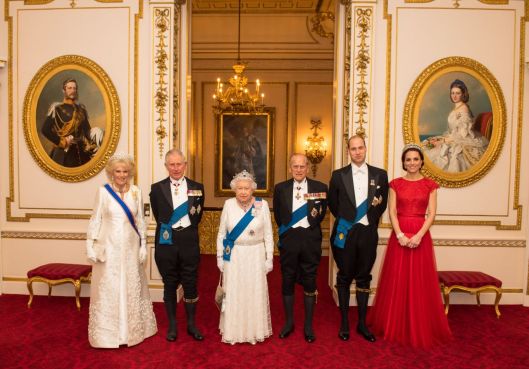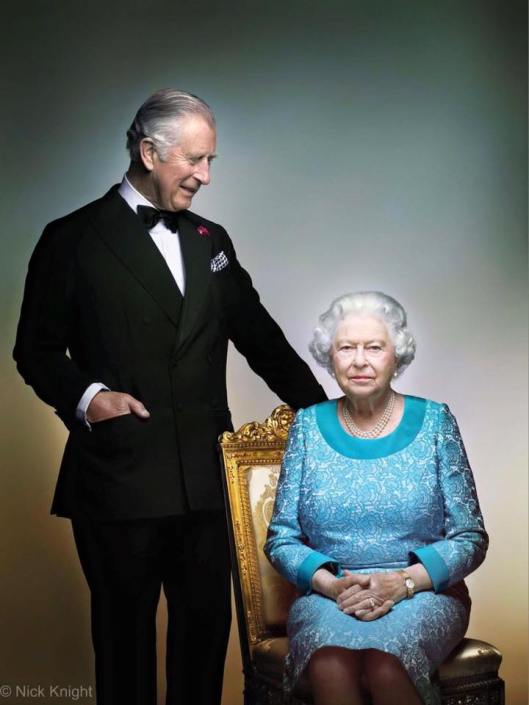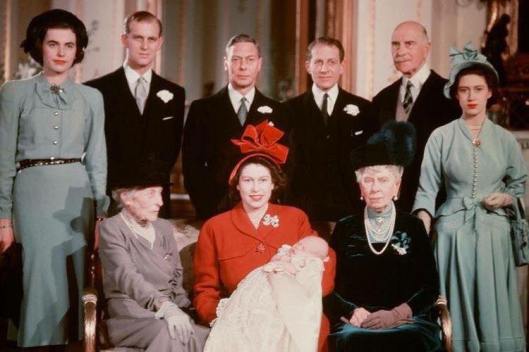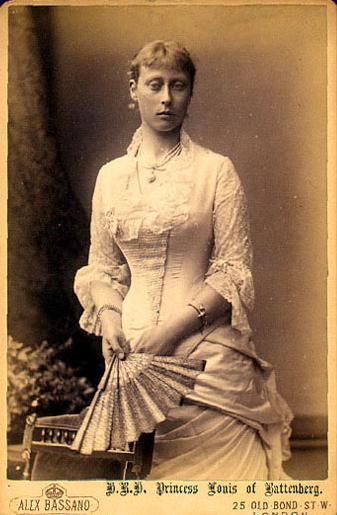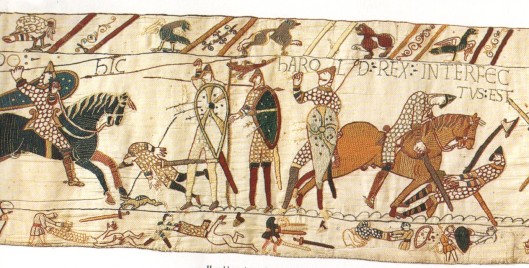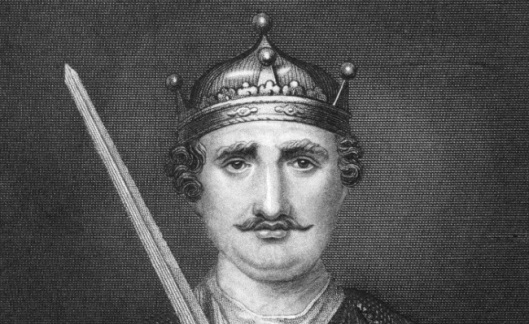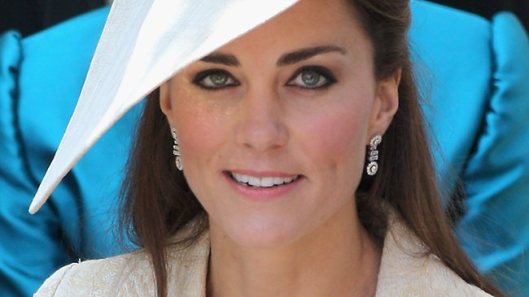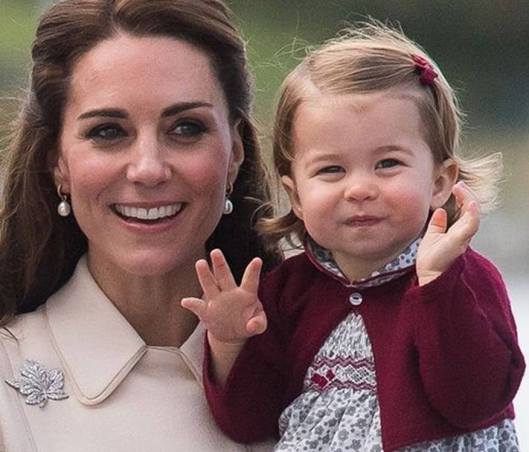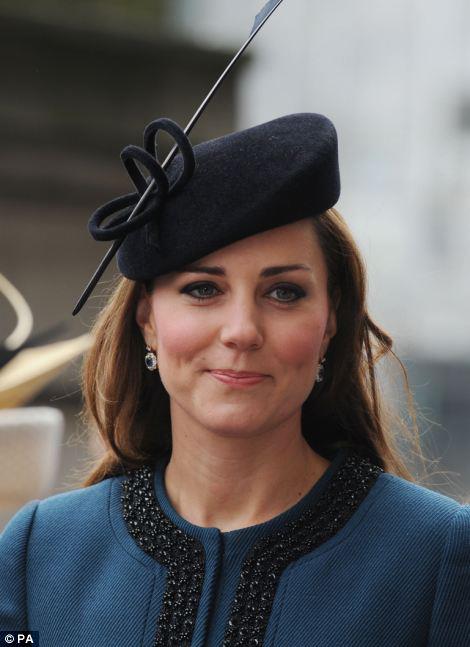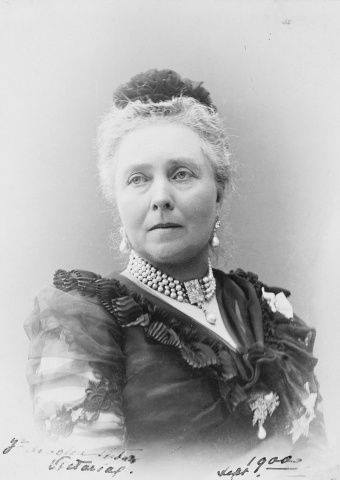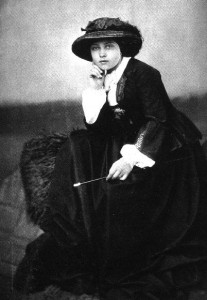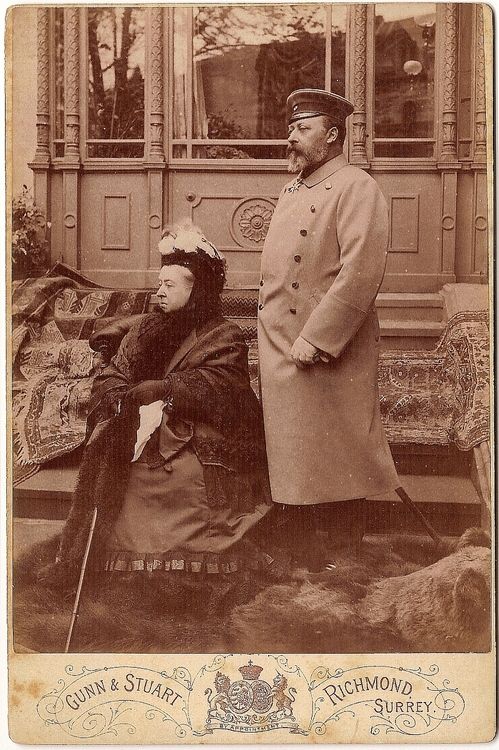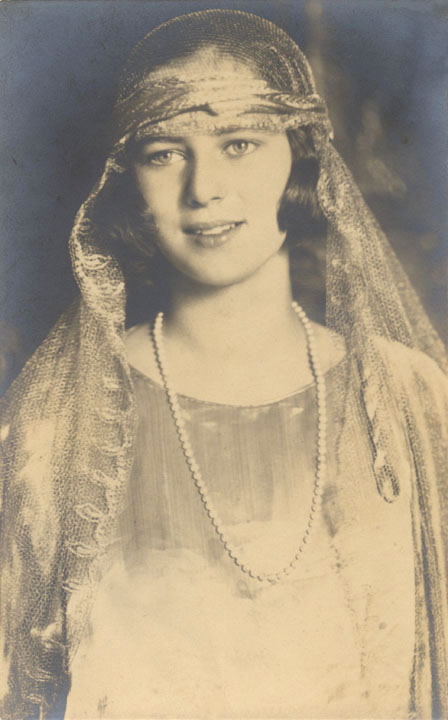
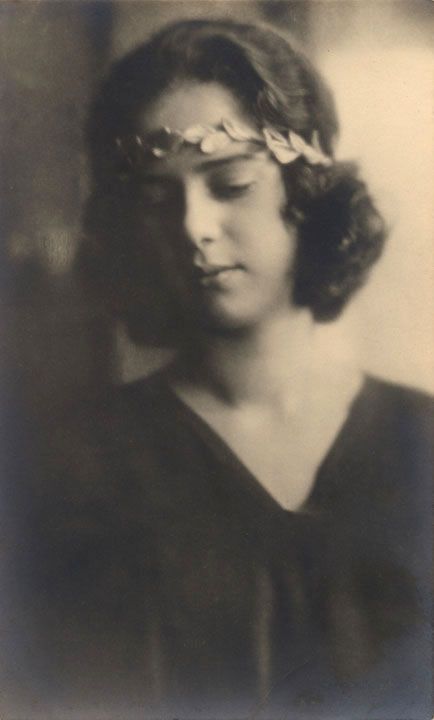
HRH Princess Ileana of Romania (also Mother Alexandra) (5 January 1909-21 January 1991) was the youngest daughter of King Ferdinand I of Romania, and his consort Princess Marie of Edinburgh, Princess of the United Kingdom of Great Britain, Princess of Saxe-Coburg-Gotha and Duchess of Saxony. She was a great-granddaughter of both Queen Victoria of the United Kingdom of Great Britain and of Czar Alexander II of Russia. She was born Her Royal Highness Ileana, Princess of Romania, Princess of Hohenzollern-Sigmaringen. After marriage to Archduke Anton of Austria-Hungary, Prince of Tuscany, she was known as Her Imperial and Royal Highness, Ileana, Archduchess of Austria, Princess Royal of Hungary and Bohemia, Princess of Tuscany, Princess of Romania, Princess of Hohenzollern-Sigmaringen.
Princess Ileana’s paternity is also in question. It has been claimed, or rumored, that Although it was rumored that Ileana’s real father was not the King of Romania but her mother’s lover, Prince Barbu Ştirbey. Despite the rumor the King did admit paternity. Princess Ileana had four older siblings: King Carol II of Romania, Elisabeth (wife of King George II of the Hellenes), Marie (wife of King Alexander I of Yugoslavia), Nicholas, and her youngest brother, Mircea, was also claimed to be the child of Prince Ştirbey even though the King also claimed to be his father.
After Michael I of Romania abdicated, Ileana and her family were exiled from the newly Communist Romania. They escaped by train to the Russian sector of Vienna, then divided into three parts. After that they settled in Switzerland, then moved to Argentina and in 1950, she and the children moved to the United States, where she bought a house in Newton, Massachusetts.
The years from 1950 to 1961 were spent lecturing against communism, working with the Romanian Orthodox Church in the United States, writing two books: I Live Again, a memoir of her last years in Romania, and Hospital of the Queen’s Heart, describing the establishment and running of the hospital.
On 29 May 1954, Ileana and Anton officially divorced and she married secondly in Newton, Massachusetts, on 20 June 1954, to Dr. Stefan Nikolas Issarescu (October 1906 – 21 December 2002).
In 1961, Princess Ileana entered the Orthodox Monastery of the Protection of the Mother of God, in Bussy-en-Othe, France. Her second marriage ended in divorce in 1965. On her tonsuring as a monastic, in 1967, Sister Ileana was given the name Mother Alexandra. She moved back to the United States and founded the Orthodox Monastery of the Transfiguration in Ellwood City, Pennsylvania, the first English language Orthodox monastery in North America. She was the third female descendant of Queen Victoria to become a Mother Superior in a convent of her own foundation. She served as abbess until her retirement in 1981, remaining at the monastery until her death. In January 1991, she suffered a broken hip in a fall on the evening before her eighty-second birthday, and while in hospital, suffered two major heart attacks. She died four days after the foundations had been laid for the expansion of the monastery.
Ileana and Archduke Anton had six children; they were raised in the Roman Catholic faith of her husband and of the country:
Archduke Stefan of Austria (5 August 1932 – 12 November 1998)
Archduchess Maria Ileana of Austria (Minola) (18 December 1933 – 11 January 1959)
Archduchess Alexandra of Austria (Sandi) (born 21 May 1935)
Archduke Dominic of Austria (Niki) (born 4 July 1937)
Archduchess Maria Magdalena of Austria (Magi) (born 2 October 1939)
Archduchess Elisabeth of Austria (Herzi) (born 15 January 1942)
